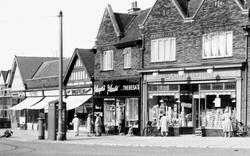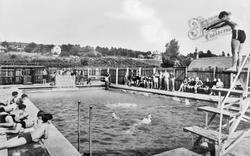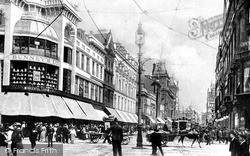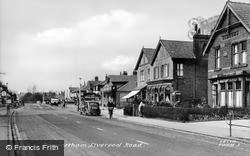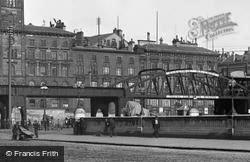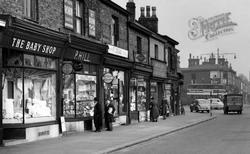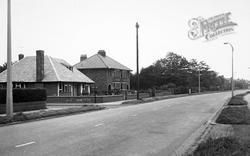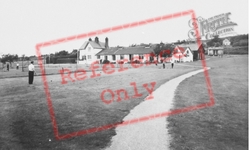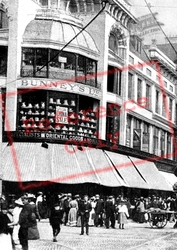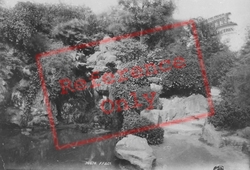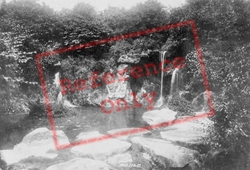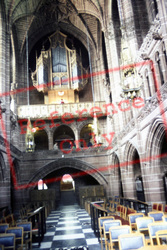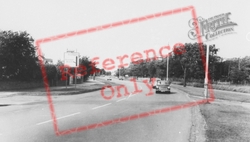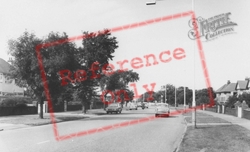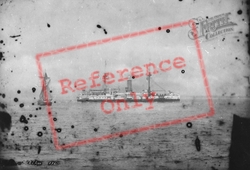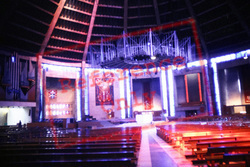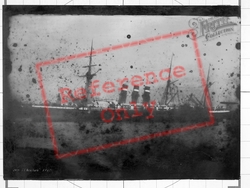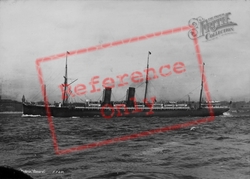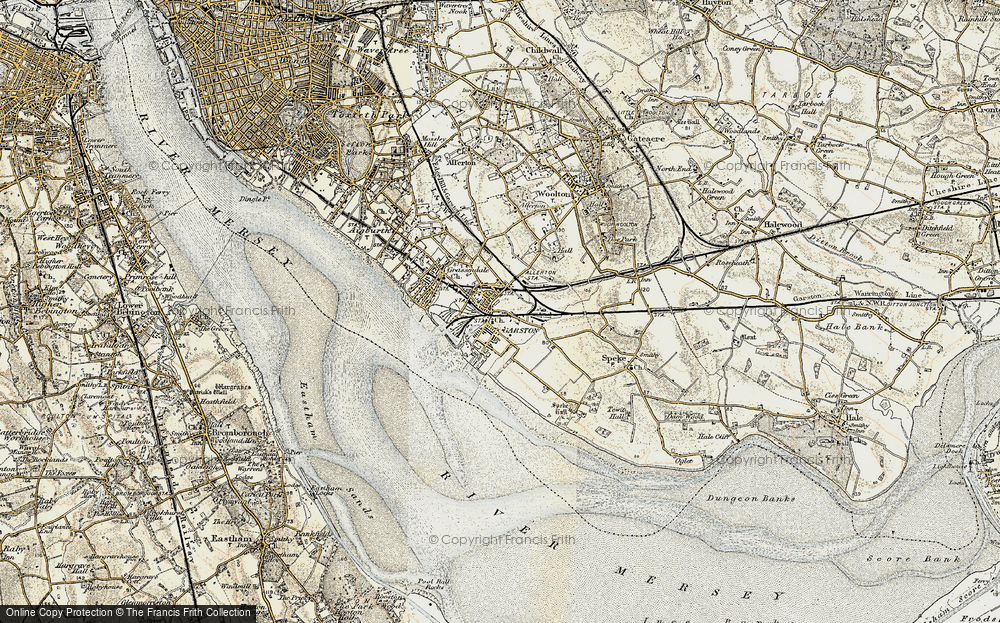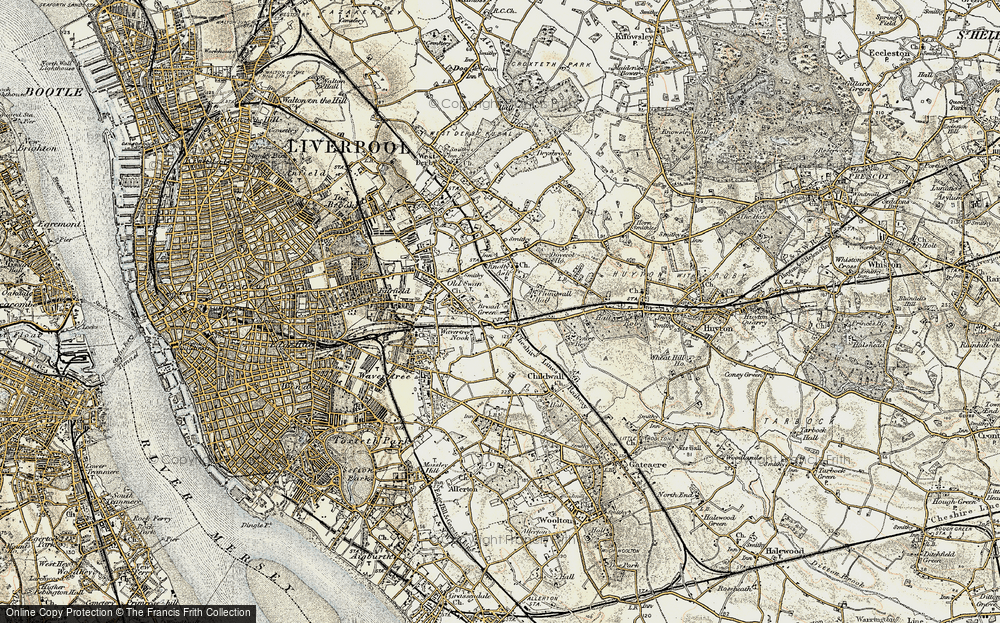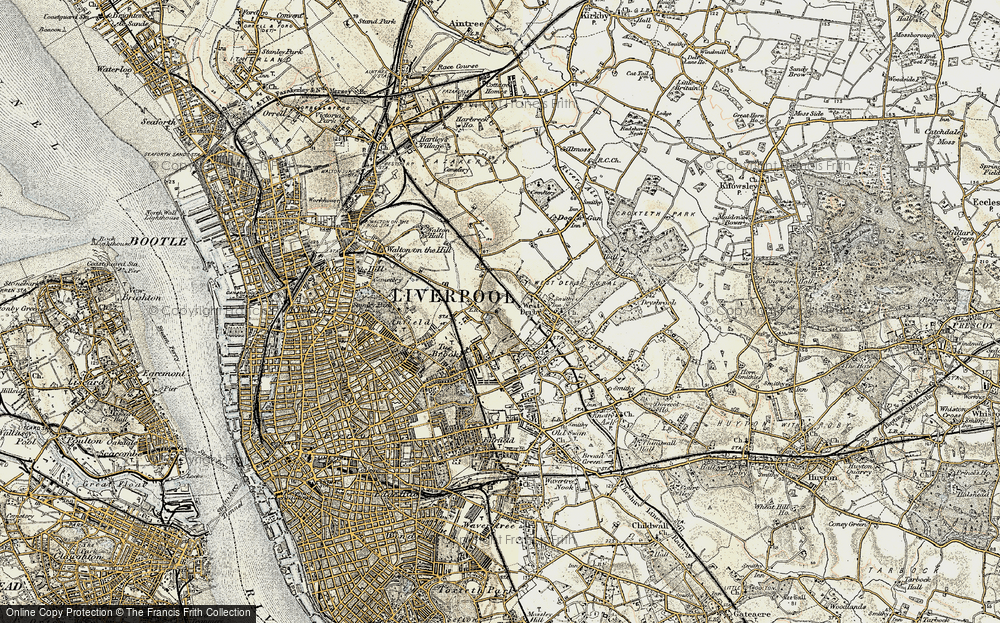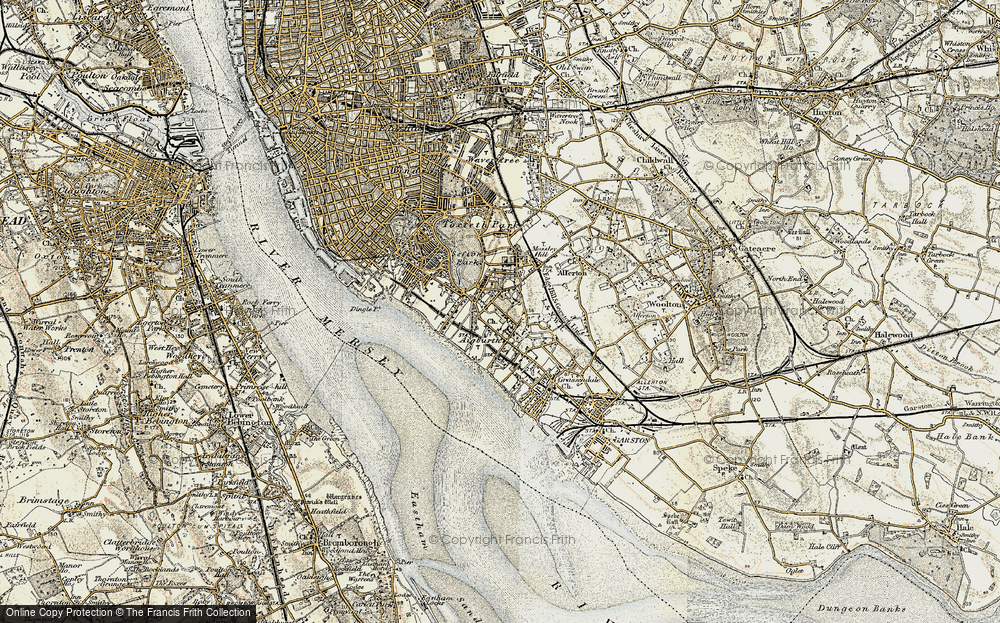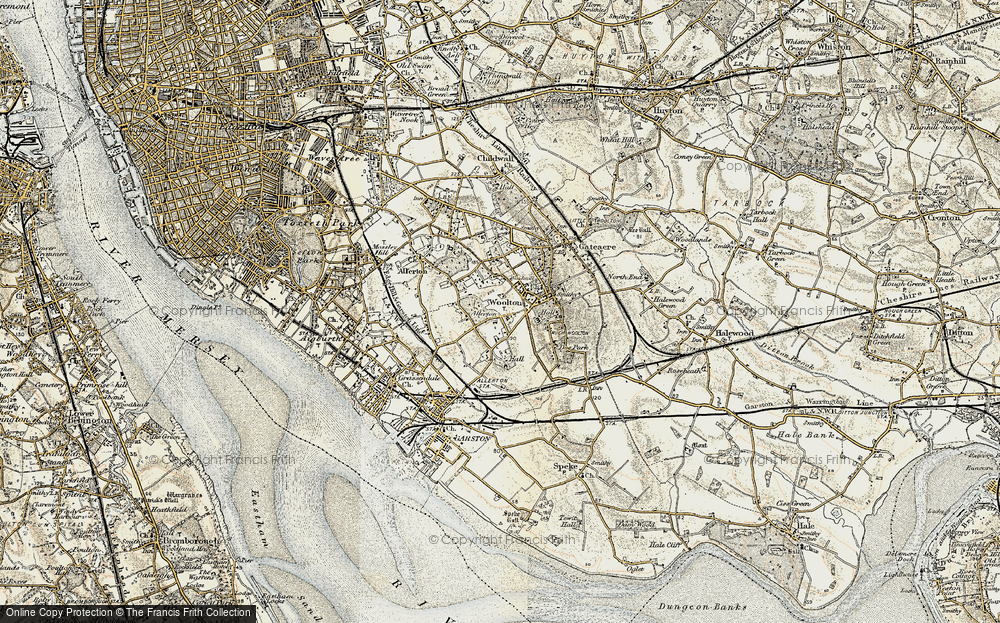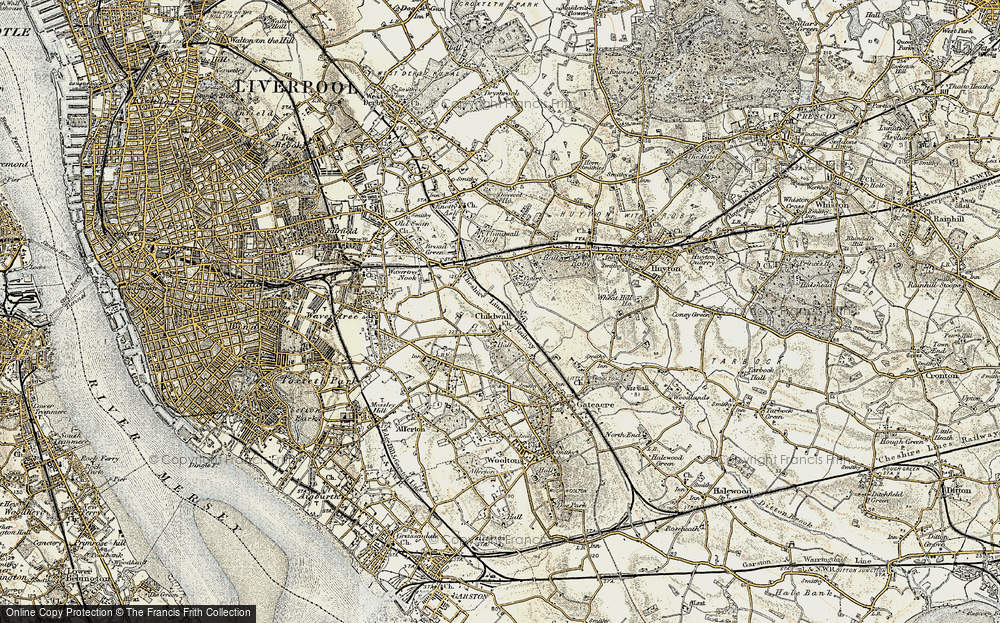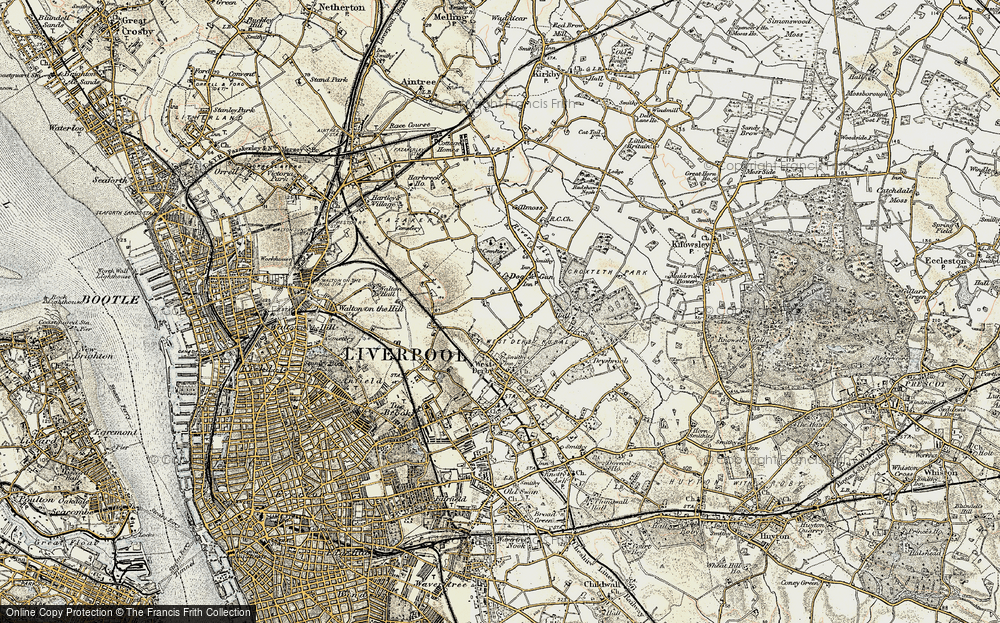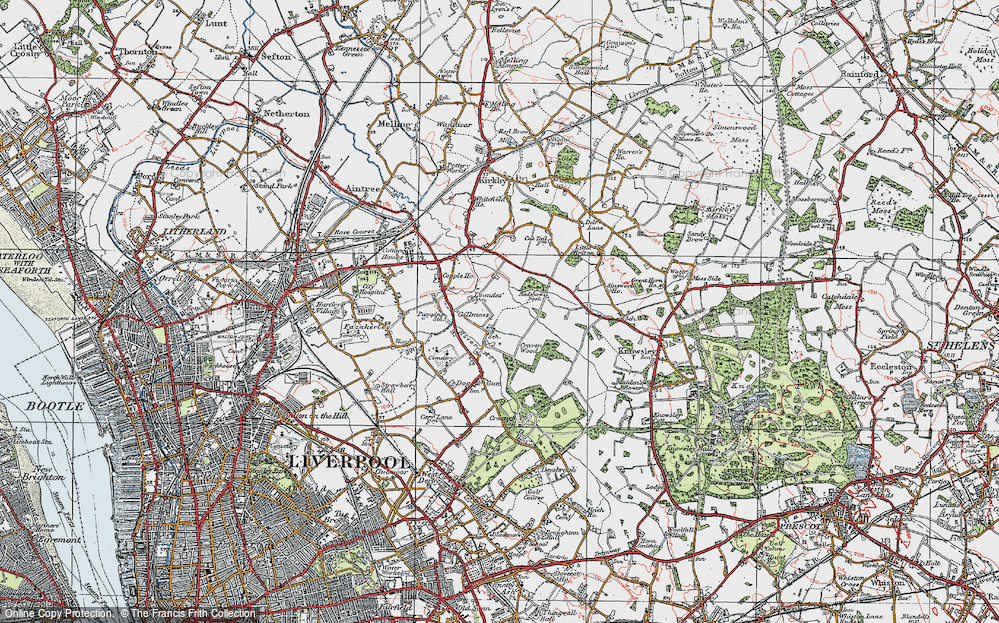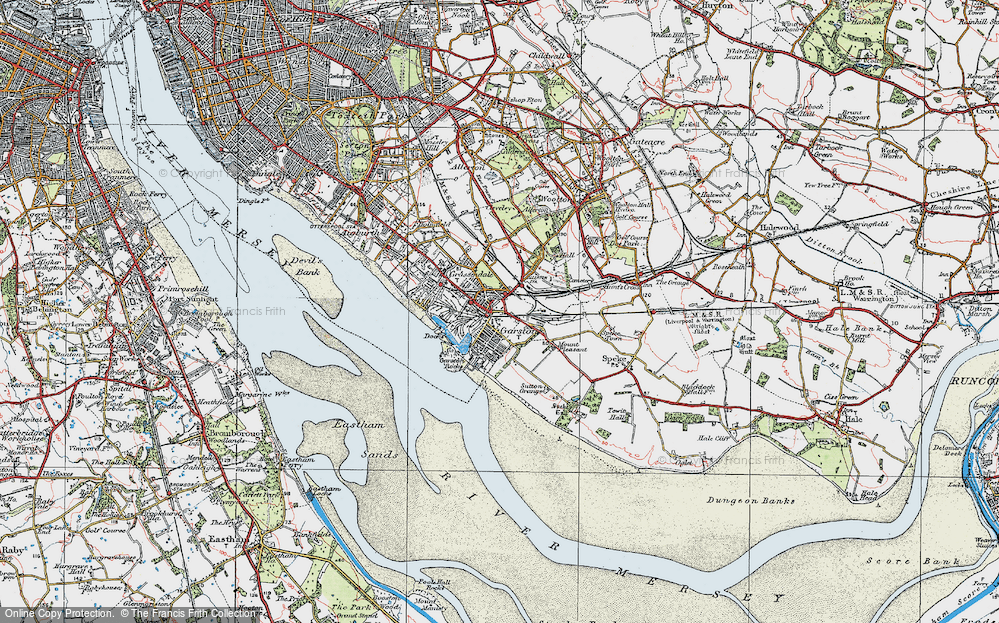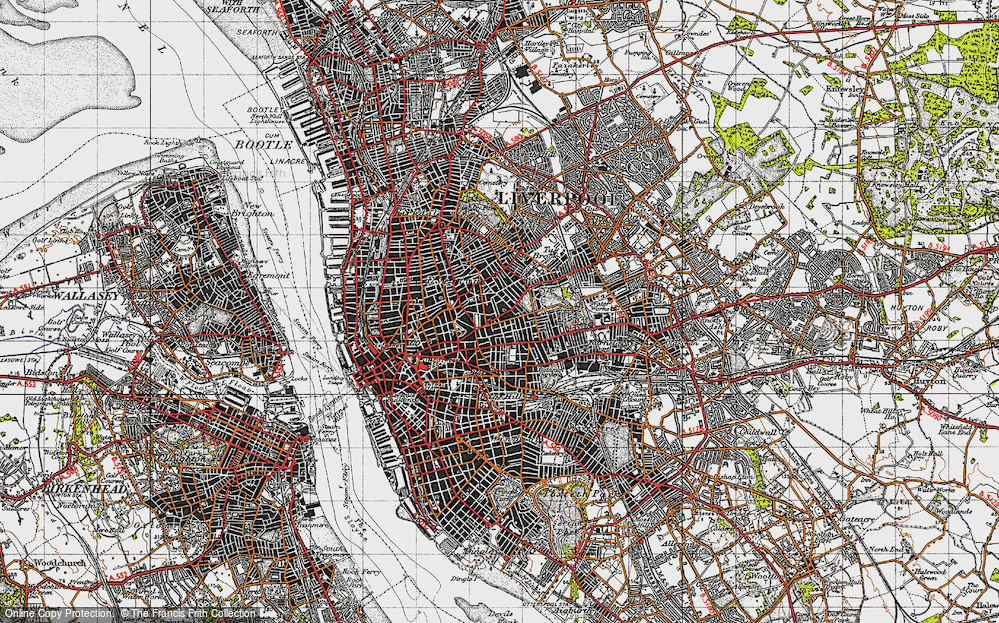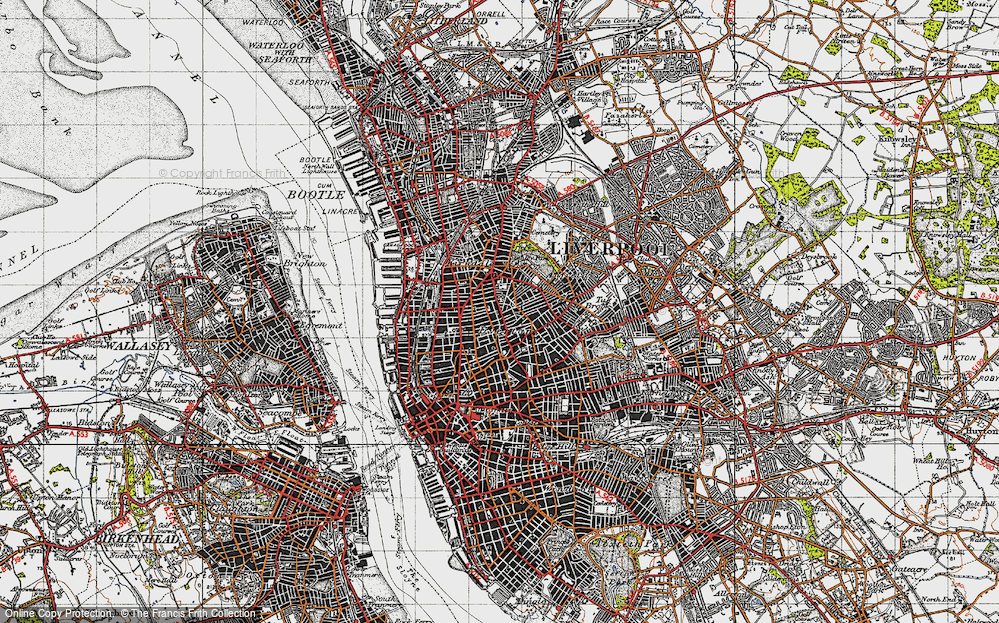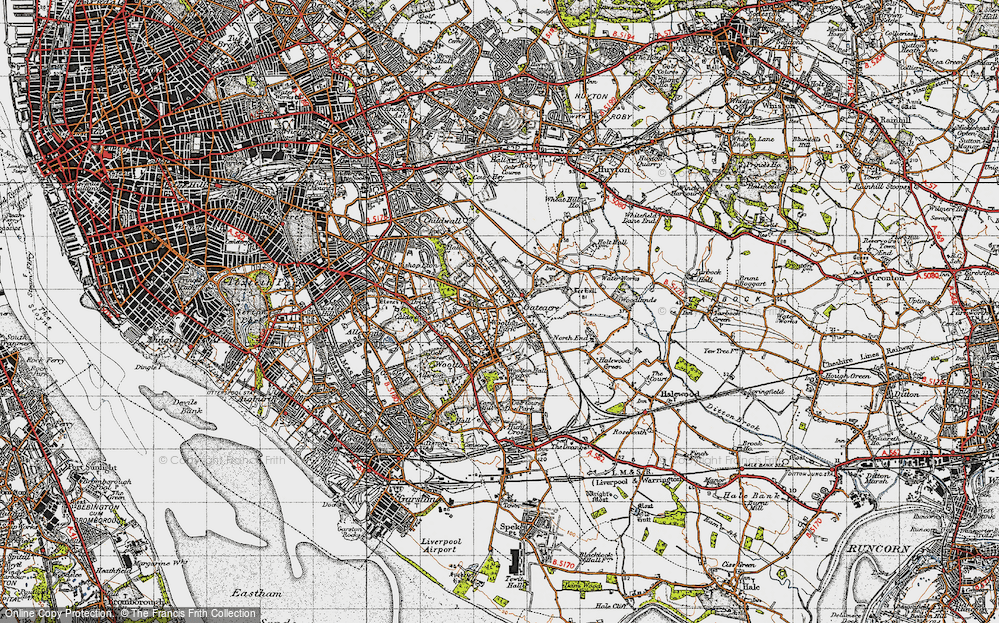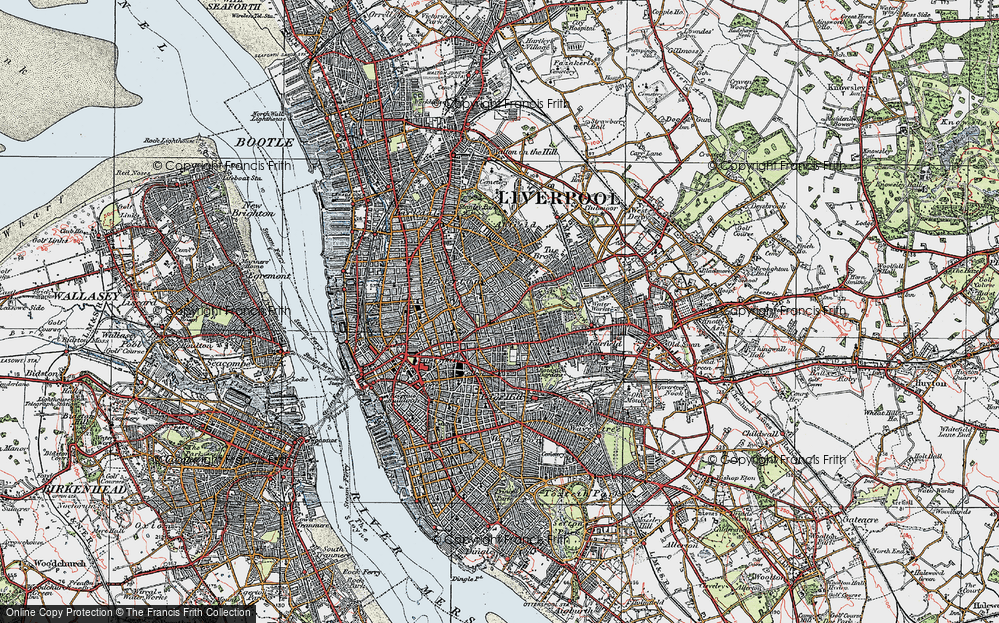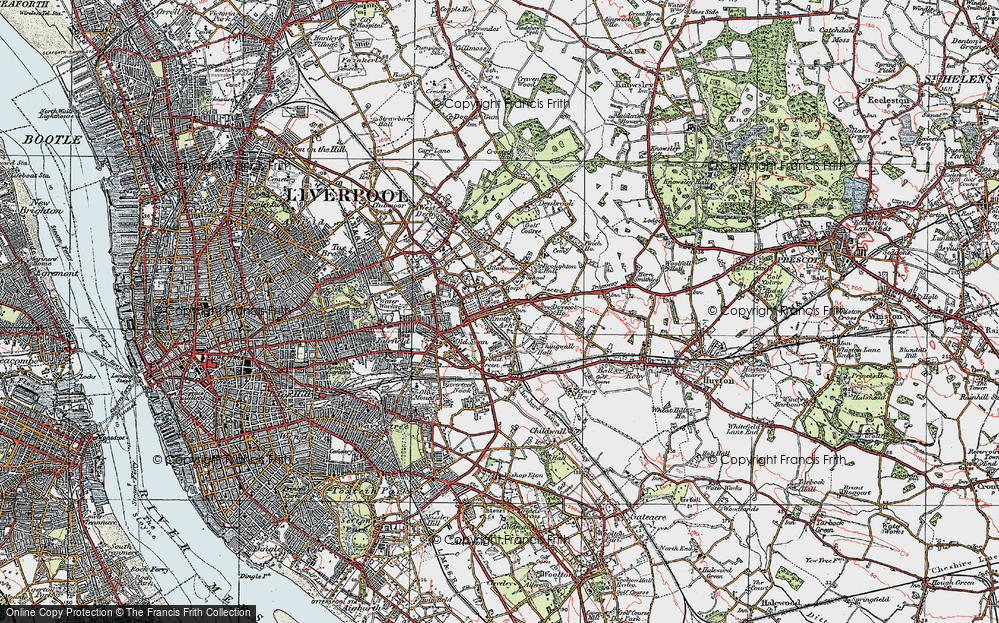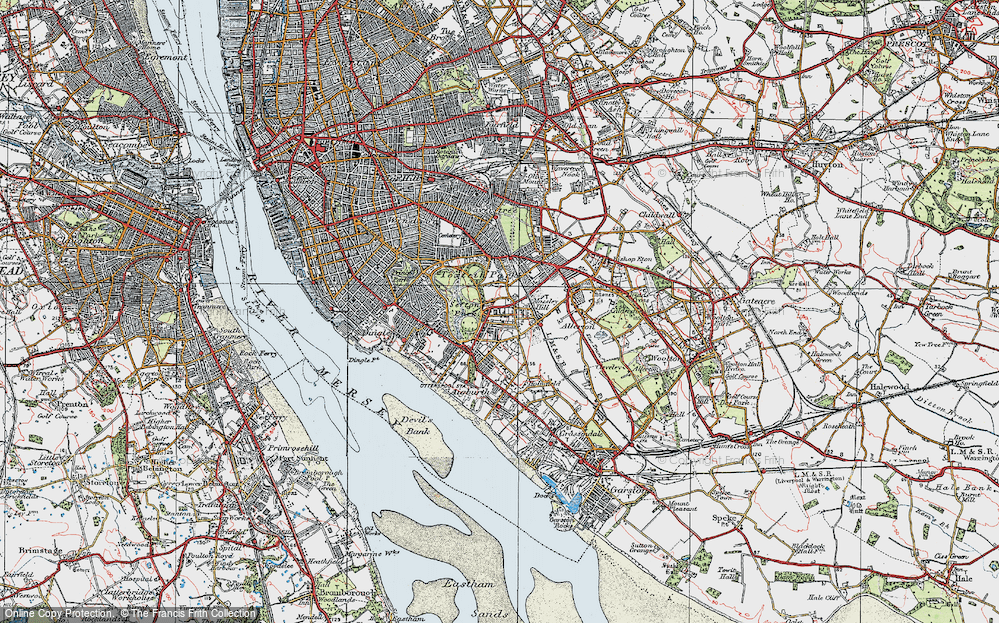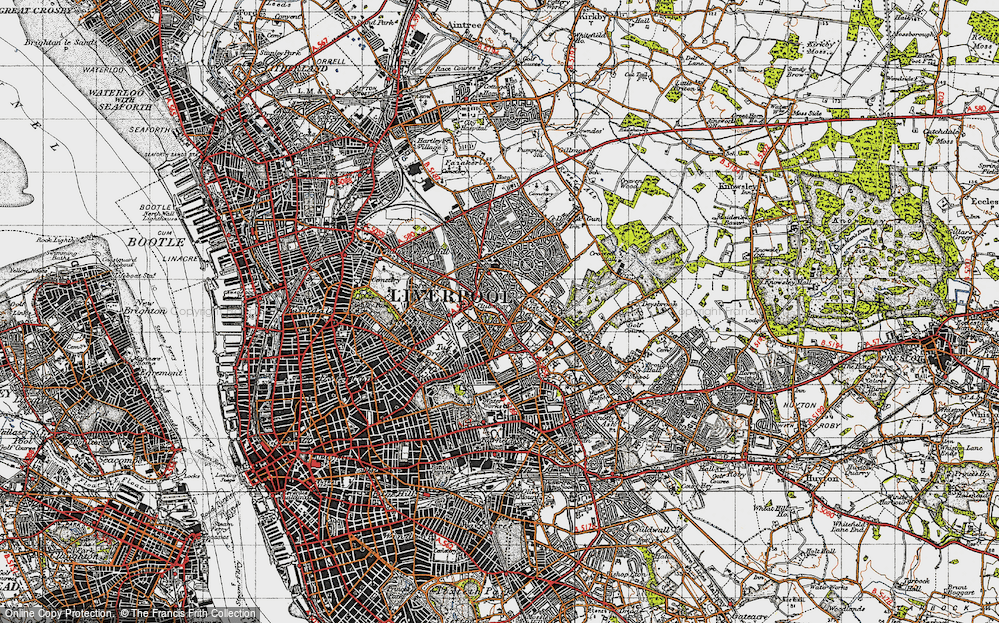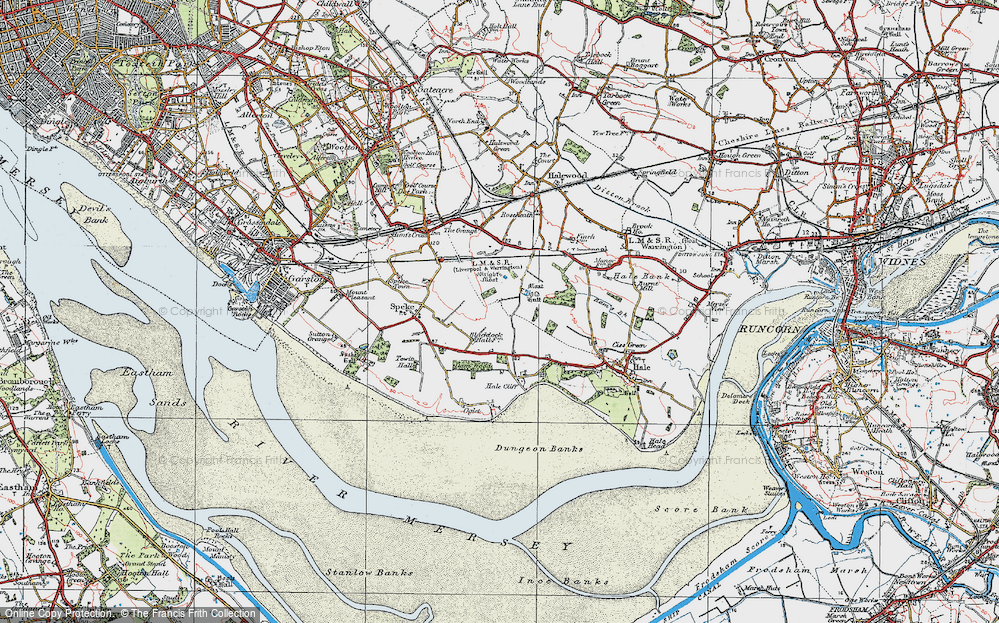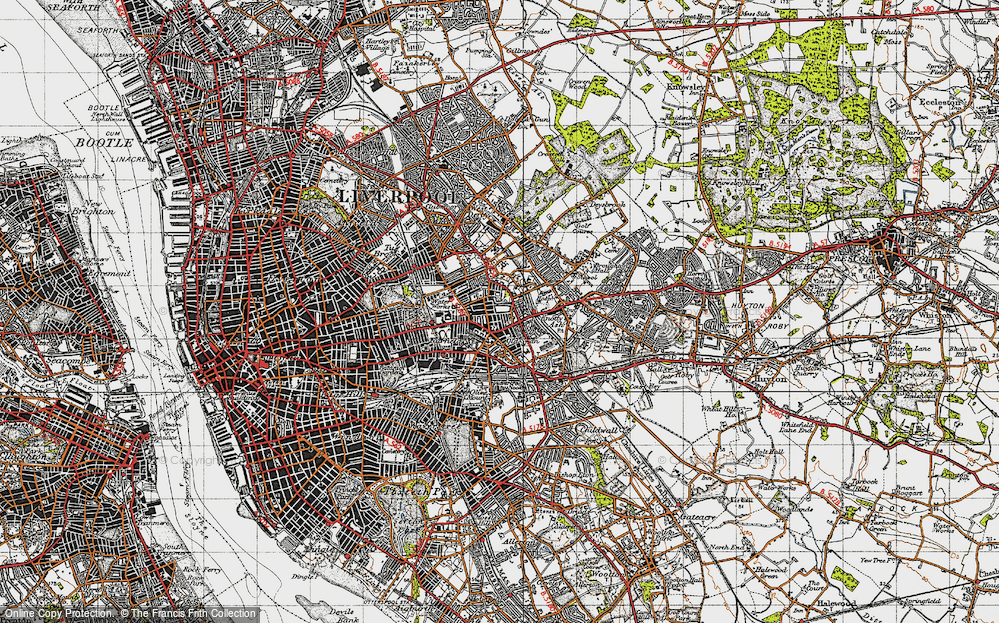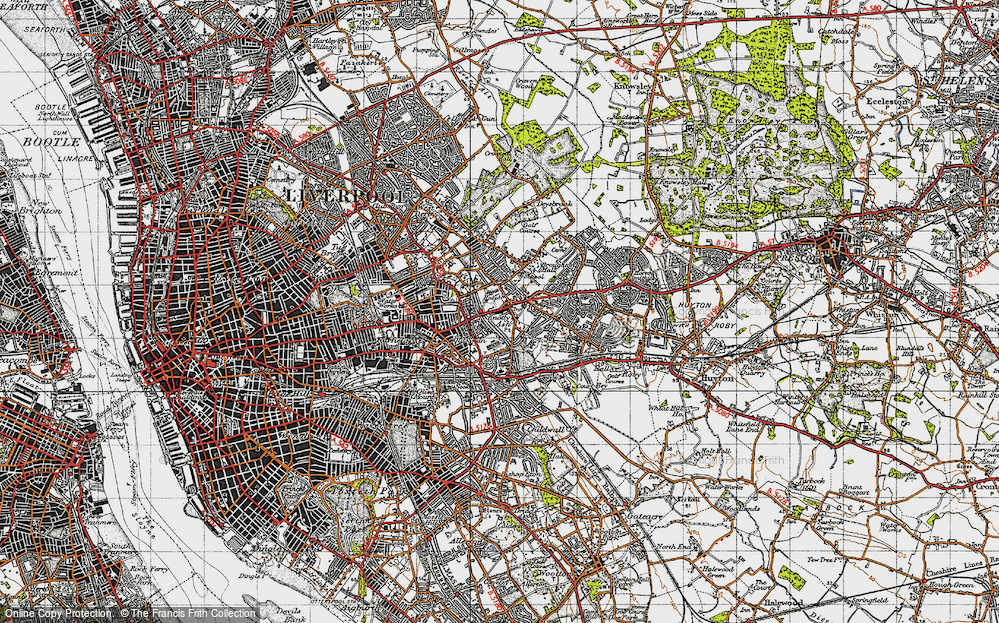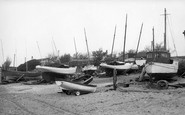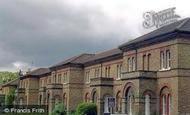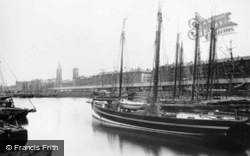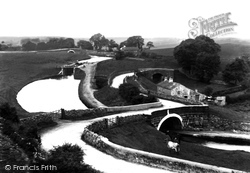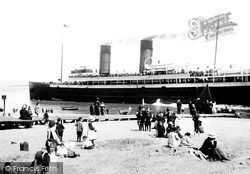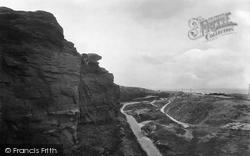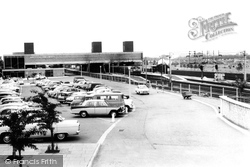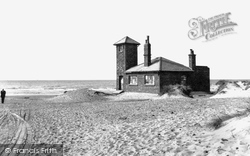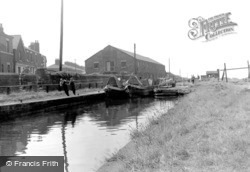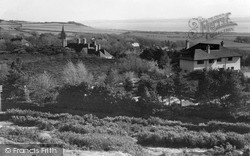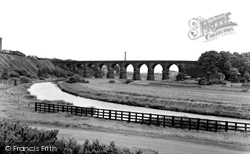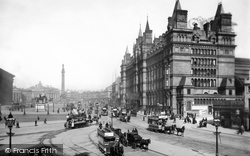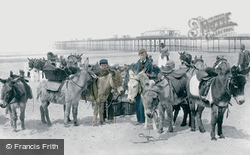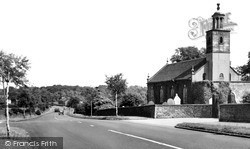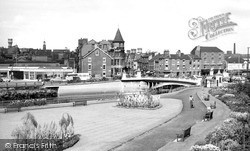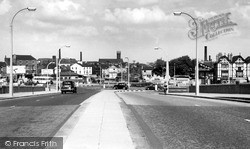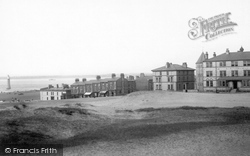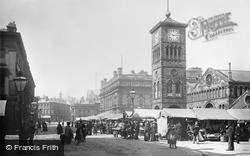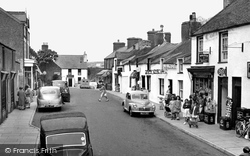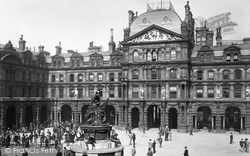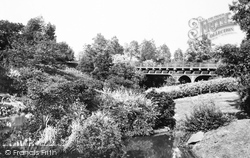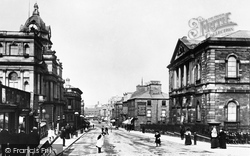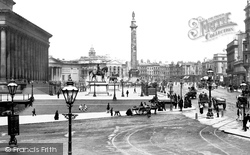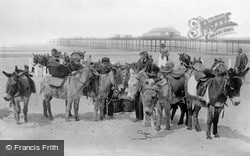Places
36 places found.
Those places high-lighted have photos. All locations may have maps, books and memories.
- Liverpool, Merseyside
- Walton, Merseyside
- Croxteth, Merseyside
- Fincham, Merseyside
- Netherley, Merseyside
- Vauxhall, Merseyside
- Calderstones, Merseyside
- Broad Green, Merseyside
- Knotty Ash, Merseyside
- Kirkdale, Merseyside
- Sandhills, Merseyside
- Dog & Gun, Merseyside
- Fazakerley, Merseyside
- Gateacre, Merseyside
- Hunt's Cross, Merseyside
- Mossley Hill, Merseyside
- Fairfield, Merseyside (near Liverpool)
- Childwall, Merseyside
- Clubmoor, Merseyside
- Grassendale, Merseyside
- Otterspool, Merseyside
- Stoneycroft, Merseyside
- Wavertree, Merseyside
- West Derby, Merseyside
- Allerton, Merseyside
- Aigburth, Merseyside
- Belle Vale, Merseyside
- Dingle, Merseyside
- Gillmoss, Merseyside
- Old Swan, Merseyside
- Toxteth, Merseyside
- Woolton, Merseyside
- Anfield, Merseyside
- Dovecot, Merseyside
- Kensington, Merseyside
- Garston, Merseyside
Photos
193 photos found. Showing results 141 to 160.
Maps
211 maps found.
Books
3 books found. Showing results 169 to 3.
Memories
339 memories found. Showing results 71 to 80.
Abbotts Hall Chase Army Huts From 1946 1948
I was four years old when our family moved from Liverpool to squat in one of the army huts. I remember it very well, and the German prisoners of war who made such a fuss of us children. We had ...Read more
A memory of Stanford-le-Hope in 1946 by
Shoemaker Well Street Ruthin
Anybody have any information on my third great grandfather and grandmother Thomas Davies born in Llanbedr abt 1832 and Mary Davies born abt 1837 in Upton, Liverpool He was a shoemaker in Well Street, Ruthin. They had a ...Read more
A memory of Ruthin in 1860 by
Memories Of Margaret Beavan Home
I was a poorly child and on two occasions spent time at the Margaret Beavan Home in Lower Heswall around 1956 and 1958. I remember the house being very large and grand, as it would would be to a small child of ...Read more
A memory of Heswall in 1956 by
Mac Intosh's Fighting 509 Squad
I too left Oswestry after two weeks and also stood outside the main gate after being unloaded from the lorries, whilst a pass out parade was taking place - and we all said the same thing, we will never be as smart ...Read more
A memory of Knaphill in 1955 by
Patricroft, Liverpool Road.
Just over the bridge at approx 112 Liverpool Rd use to be a grocers shop which Joseph Schofield ran. He was Mayor of Eccles in 1904-06 approx and is my Great Uncle. Also attended the Whit Walks where we walked from ...Read more
A memory of Patricroft by
The Wrekin
In the 50s/60s we would go and spend the day on the Wrekin. We would cycle from our home on Charlton Hill and leave our bikes at the Forest Glen (no need to lock them up) and make our way up the first part of the climb which was ...Read more
A memory of Donnington by
Eastern Electricity Board Apprentice Training School
I attended the 'boards' training school based at Harold Hill, along with 79 other apprentices during 1960/61... I shared lodgings at Collier Row for the first year of the apprentice training ...Read more
A memory of Harold Hill in 1960 by
Fishers Lane
We lived in Somerset Road but then moved around the corner onto Irby Road and could see across the fields to the Welsh hills. Late evenings in spring we would hear the sound of the Gypsies coming along Irby Road and turn into Fishers ...Read more
A memory of Pensby in 1953 by
Vicarage St John & St James
My sisters, Anne and Mary, and I lived at the Vicarage, 175 Linacre Lane on the corner of Monfa Road. The church was along Monfa Road. We had a Cable Works opposite and during the war there was no canteen but workers ...Read more
A memory of Litherland in 1940 by
Phythian Cres 1970
I was brought up in Phythian Crescent - with our own playing field. Many comments were made - is it a council property? I asked my parents - no it isn't. I believe the house behind ours was a farm - Phythian Farm, at the end is ...Read more
A memory of Penketh in 1970 by
Captions
214 captions found. Showing results 169 to 192.
At the time it was Liverpool's largest dock covering 26,793 square yards; it could hold, as we can see, a considerable amount of shipping.
Barnoldswick grew once the Leeds-Liverpool canal arrived around 1812. The local textile industry blossomed, and people moved into the village from the surrounding areas to work in the new mills.
When this picture was taken, the IOMSPCo and Midland Railway Co turbine-steamers were usually assigned to the Liverpool- Douglas and Heysham-Douglas routes.
Stone from here was used to build the docks at Liverpool, Holker Hall in Cumbria and Tatton Hall in nearby Knutsford.
The coming of the railway to Broxbourne in 1840 had further stimulated the growth of the village, and demand from London-bound commuters heading for Liverpool Street and St.
Barnoldswick grew once the Leeds-Liverpool canal arrived around 1812. The local textile industry blossomed, and people moved into the village from the surrounding areas to work in the new mills.
In the 1970s evidence was unearthed that as early as March 1777 the authorities in Liverpool had given orders for repairs to 'the boat, which was formerly ordered to be built and kept at Formby in readiness
In fact Brindley wanted to take it all the way to Liverpool using an aqueduct over the Runcorn Gap but could not raise the financial backing to do so.
The plinth and map were erected in honour of Andrew Blair, founder of the Liverpool and District Federation of the Ramblers Association in 1923.
Solid evidence of Victorian endeavour and values, Stephenson's great viaduct carries the Liverpool/Manchester railway over the Sankey Canal.
It was designed by Liverpool-born Alfred Waterhouse.
Rhyl Sands are famous as a great windy expanse of beach facing into Liverpool Bay. They were painted with vigour by David Cox in 1854.
At Tarleton Lock the river Douglas meets the Leeds and Liverpool Canal. Harry Mayor was lock keeper here for forty-seven years.
Across the road, on the corner of Mersey Street, the Packet House Inn hints at the days when packet boats carried passengers along the Mersey to Liverpool.
These canal carriers and warehousemen offered a 'regular service between Warrington and Liverpool by fleet of new-built steel barges'.
It is thought that he named this new town to rival Brighton on the south coast, but his home in North Everton was next to Brighton le-Sands, a part of Liverpool, so maybe that is where the name came from
It was the arrival of the Leeds/Liverpool canal in 1810 that turned a hand-loom cottage industry into the giant of the Industrial Revolution.
Once a main port on this part of the coast with important connections to Liverpool, this small picturesque harbour town is an attraction for sailors of a more leisurely kind these days.
It was Liverpool's first public monument, and was designed by Matthew Cotes Wyatt. The monument has four grilles which provide air vents for what was a tobacco warehouse under it.
The Palm House is undergoing a complete restoration, and Liverpool can be glad that this great Victorian treasure has been saved to give pleasure to future generations.
As with so many other towns in the area, it was the Leeds and Liverpool canal which brought about the growth of Burnley, and there is a large piece of that canal history alive and well at the
Lying north from Liverpool were continuous golden sandy beaches.
This was a busy and important area of Liverpool for a century before our photograph. The cenotaph and the reminder of two world wars are still to come.
Rhyl Sands are famous as a great windy expanse of beach facing into Liverpool Bay.
Places (42)
Photos (193)
Memories (339)
Books (3)
Maps (211)


